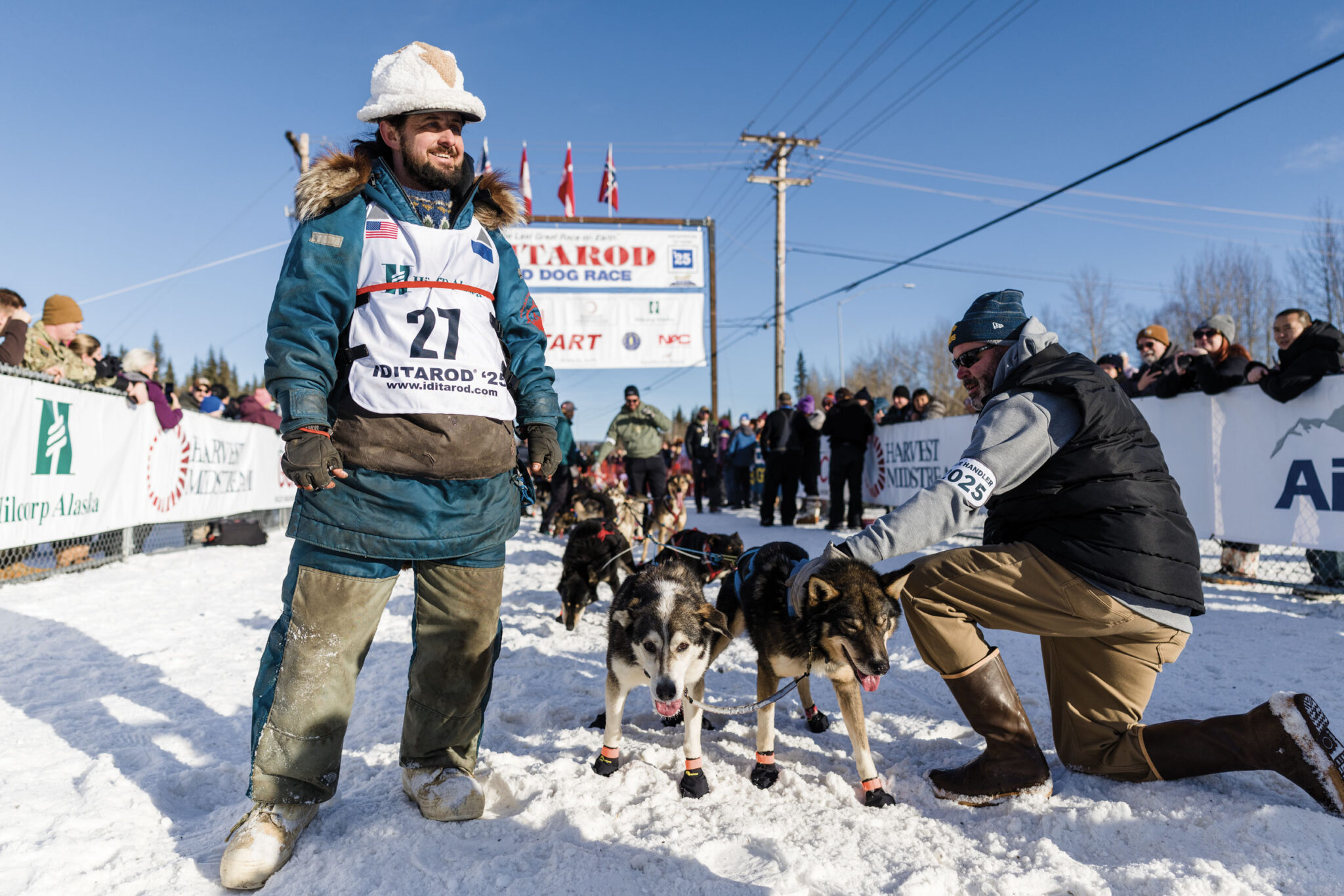










.jpg)









Behind every detached statistic is a flood of powerful human stories.
My angle as a journalist is to find the human elements within each story and grab readers' attention by turning them toward the heart of a problem.
One of thousands to die from an opioid overdose in 2018 packed his bags and arranged his insurance paperwork for rehab right before he took a lethal combination of drugs.
One of thousands more to survive an overdose in 2017 was revived by her cousin, a paramedic now spearheading a statewide project to divert overdose patients into treatment.
One of thousands of veterans to die by suicide in 2016 asked his friends to color with him, then ended his life in the park where he played baseball as a child.
A longtime police chief once told me he wished he had gone into journalism, saying I have more power to make social change than he does.
"You have the power to make people stop, and think and do something," he said.
People rarely stop and think about numbers. People stop and think when they can see the real-life implications of a problem. That's why I uncover the humanity buried behind every statistic.